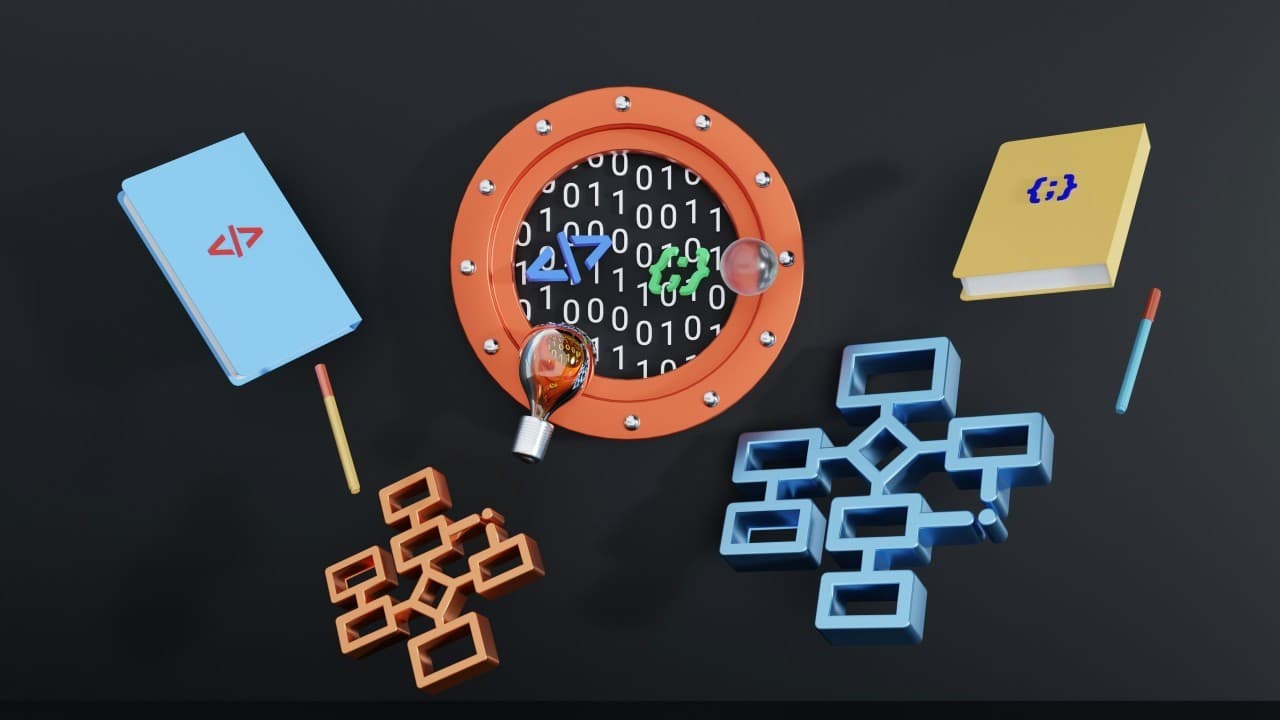
Speed is seductive. It feels like progress. You ship, you celebrate, you sprint to the next milestone. After building at Microsoft for years and now scaling Nedl Labs, I have learned that without clarity, teams move in different directions, priorities shift weekly, and decisions get relegated.
speed without clarity costs more than it saves.
Clarity beats speed because clarity creates compounding speed: fewer do-overs, cleaner handoffs, and momentum that lasts. Research supports this. Decision speed and quality correlate strongly with company performance, and leaders admit they spend ~40% of their time on decisions, much of which is poorly utilized.
Fix clarity first, and speed becomes velocity. (McKinsey & Company)
The Three Levels of Clarity
When companies attempt to “clarify” by adding more memos or meetings, they often miss the fact that the friction resides at one of three levels. Fix the right level, and the rest falls into place.
1) Clarity of Roles
Accountability: who owns what, and why it exists
- Charter: Mission, scope, what success looks like, key interfaces, and “anti-goals” (what this role explicitly doesn’t do).
- Decision: Which decisions this role makes alone, which require input, and which they only execute.
- Dependency: The 3–5 teams this role depends on—and what each expects from the other.
Titles mattered less than who was the decider for which surface area.
2) Clarity of Priorities
Focus: what matters now
- ≤3 objectives per quarter, each with 2–3 measurable outcomes (OKRs).
- A visible Now / Later / Never list so work doesn’t sneak in through “quick asks.”
- One named owner per objective; one page that defines “good” and “done.”
OKRs? Google popularized them to drive alignment and ambitious, measurable goals;
My Previous Post on OKR - https://www.linkedin.com/pulse/scaling-clarity-how-okrs-can-align-startups-ashish-jaiman-cmyge/
3) Clarity of Decisions
Decisiveness: managing decisions clearly and systematically
- One-Way vs. Two-Way Doors: If it’s reversible, decide quickly with 80% information. If it’s hard to reverse (e.g., architecture or pricing), slow down deliberately. (Jeff Bezos framed this Type-1/Type-2 idea in Amazon’s 2015 letter.) (s2.q4cdn.com)
- A Decision Memo: problem, options, risks, decision, DRI (Directly Responsible Individual), and a “veto window”.
- No silent disagreement: If you disagree, say it before the window closes. After that, everyone commits.
_R_educe “decision latency. Make the right ones quickly, commit, and don’t re-decide.
Metrics that tell you if clarity is compounding
- Decision lead time: From proposal to decision. (Trend down for two-way doors.)
- Rework rate: % of tasks reopened or reversed. (Should fall with better decision hygiene.)
- OKR recall rate: Ask five people to list the three company priorities—without looking. (You want ≥80% alignment.)
- Charter coverage: % of teammates with a current role charter and decision rights. (Target 100%.)
- Meeting-to-decision ratio: How many meetings per decision? (Trend down.)
These are not vanity metrics. These are early warning signals. When decision lead time spikes or OKR recall drops, clarity is leaking, and speed will slow down drastically.
Pitfalls (and how to avoid them)
- Too many “top priorities.” If everything is P0, nothing is. Force a trade: “What moves if we add this?”
- Title ≠ decision rights. Clarify who decides this domain. Team advises; the DRI decides.
- Consensus trap. Alignment beats unanimity. Use the veto window, then commit.
- Documentation bloat. One-page charters and memos beat 20-page treatises. If people don’t read it, it isn’t clarity.
- Orphaned decisions. A choice without an owner isn’t a decision; it’s a wish.
Clarity beats speed (because it creates it)
When people know what they own, what matters now, and how decisions get made, momentum becomes durable. You ship faster and you backtrack less. You’ll feel it first in fewer status meetings and fewer “quick clarifications.” You’ll see it later in shipping cadence, talent retention, and customer trust.
Speed is a sprint. Clarity is compounding interest. Invest in clarity first—and let speed follow.
Share this article
About the author
Founder Nedl Labs | Building Intelligent Healthcare for Affordability & Trust | X-Microsoft, Product & Engineering Leadership | Generative & Responsible AI | Startup Founder Advisor | Published Author
Most Recent
Top Articles
Also See

Enterprise GTM: The Essential Shift for Scaling

From Recovery to Prevention: A Trust-First Blueprint for Payment Integrity

Enterprise Product Sense: Why Consumer Intuition Fails in B2B: What Works Instead

DRG Review After Payment

The Anatomy of Product Sense








